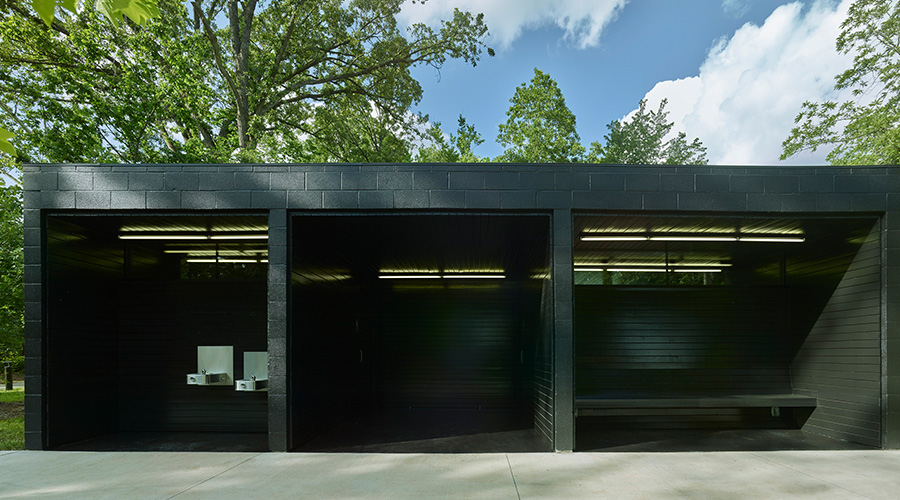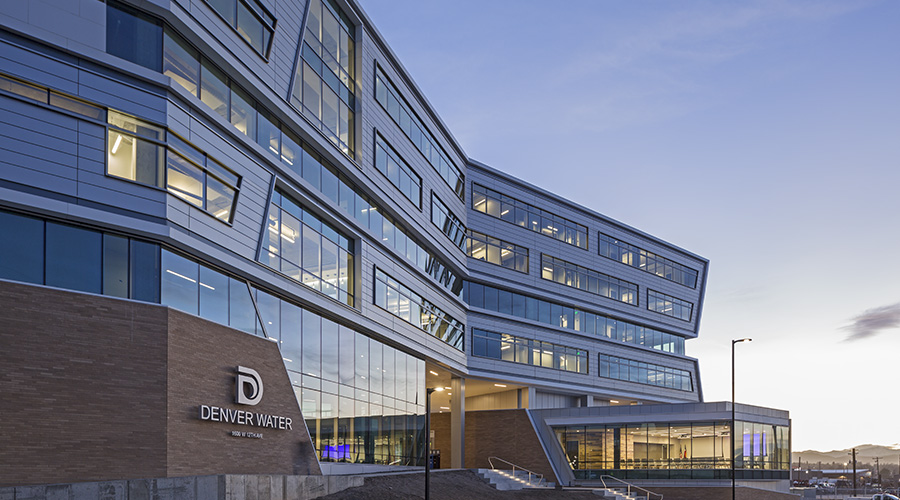Think Bigger Picture When Planning Plumbing Upgrades
Part 2 of a 3 part article on retrofits aimed at curtailing water use
Successful plumbing system upgrades need to take in a host of considerations beyond the installed products. One often-overlooked aspect of such a project is the capacity of the waste-handling system. In some buildings, a drain line might have been designed to handle the waste from a bank of 3.5-gallons per flush (gpf) toilets, but system blockages can occur when 1.28 gpf versions replace the original higher-flow fixtures.
“The older the building, the higher the risk,” says Peter Jahrling of Sloan Valve Co., adding that managers “don’t always fully consider matching the technology with the appropriate condition.” Overlooking drain-line capacity and design can cause significant and costly problems.
“If the back end of your plumbing and drain system isn’t designed for (lower-flow products), you could very well cause yourself an unintended consequence of problems behind the wall,” Fitzsimmons says.
“You could save water on the front end, but on the back end, you could end up really causing yourself bigger expenses in expanded maintenance, such as drain-line cleaning.”
Managers also need to be aware of a number of other big-picture concerns:
Knowing the building codes. “Begin reviewing compliance with current water restrictions and codes, and an area that’s caught a lot of people off guard is water requirements and flow requirements by building code,” Fitzsimmons says. “You have to match and marry up with health code requirements. That’s an area that catches a lot of managers off guard — the harmonization of two different sets or potentially as many as four sets of codes.”
Involving all parties in the process. “The most common mistake in executing plumbing retrofits is a lack of collaboration between all parties or influencers involved in the project,” says KC Akalaonu of Moen Commercial.
“Certainly, the influencers may change with the size of the project. For larger jobs, influencers would include maintenance, engineering, and architects. For smaller projects, the maintenance manager may not take a proactive approach to researching all solutions available before proceeding.”
Understanding use patterns. “Make sure you understand the volume or type of traffic or vandalism expected in the restroom,” Wesson says. “It’s helpful to study the traffic patterns in advance of the project. For high-traffic and high-vandalism areas, be certain to use durable and reliable products that can stand up to wear and tear over time.”
Considering user comfort. While conserving water is an important goal for managers, keeping restroom users happy should rank high on the priority list, as well.
One casualty of a commitment to saving water and using time-sensored products is sometimes the lack of hot water pumping through faucets.
“Maybe a shortcut around that would be putting in a re-circulation pump that will pull that warm water, like they do in a hotel, so it’s always behind the faucet and that short run that the electronic faucet offers will still provide nice, warm heated water for the user so they’re happy and satisfied with it,” Fitzsimmons says.
Related Topics:














